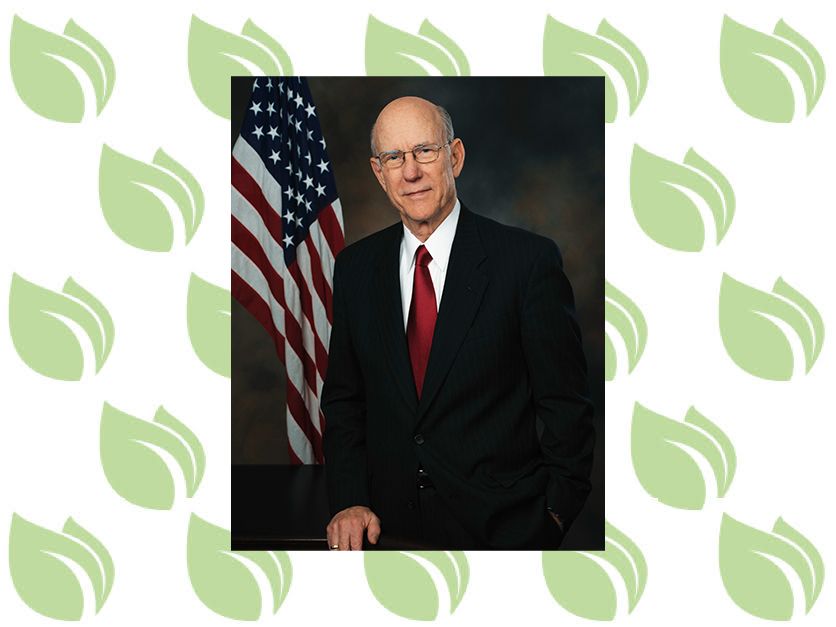ACAF Applauds Bipartisan Congressional Leadership in Sustainable Aviation Caucuses
ACAF Applauds Bipartisan Congressional Leadership in Sustainable Aviation Caucuses
Washington, D.C. – Americans for Clean Aviation Fuels (ACAF) issued the following statement regarding today’s launch of the bipartisan Senate Sustainable Aviation Caucus and, earlier this year, the Congressional Sustainable Aviation Caucus (CSAC) in the U.S. House of Representatives. ACAF is the first national coalition to bring together diverse members across the full SAF value chain—from farmers, fuel producers and manufacturers, to aviation and agribusiness.
“We applaud Senators Moran (R-KS), Duckworth (D-IL), Boozman (R-AR) and Klobuchar (D-MN) and their House counterparts Representatives Davids (D-KS) and Johnson (R-SD) for their bipartisan leadership advancing discussion in Congress to accelerate policy and dialogue around sustainable aviation solutions. The domestic adoption of cost competitive SAF is the most promising, in-production and scalable lever we have today to reduce lifecycle carbon emissions in aviation,” said Nick Boeyink, States Director, Americans for Clean Aviation Fuels. “Growing America’s clean aviation fuels market is a tremendous economic opportunity that will drive the creation of hundreds of thousands of American jobs while making our nation more energy secure. We look forward to working with members in both parties to build momentum for policies that will make American aviation more sustainable.”
In July, ACAF presented at a briefing hosted by the CSAC on Capitol Hill. Cherie Wilson, Vice President of Government Affairs – Sustainability at Delta Air Lines, spoke about the need to build strong connections across the value chain to scale domestic SAF production.
ACAF is committed to driving the expansion and use of clean aviation fuels (CAFs) and American-grown feedstocks and harnessed energy. CAFs provide an environmentally sound alternative to using conventional jet fuel by significantly reducing lifecycle greenhouse gas (GHG) emissions and encompass the universe of sustainable aviation fuels – biofuels or synthetic fuels derived from renewable biomass feedstocks, waste resources, and renewable energy resources, as well as captured carbon and hydrogen.








